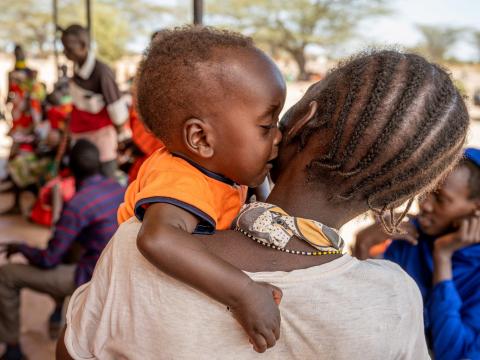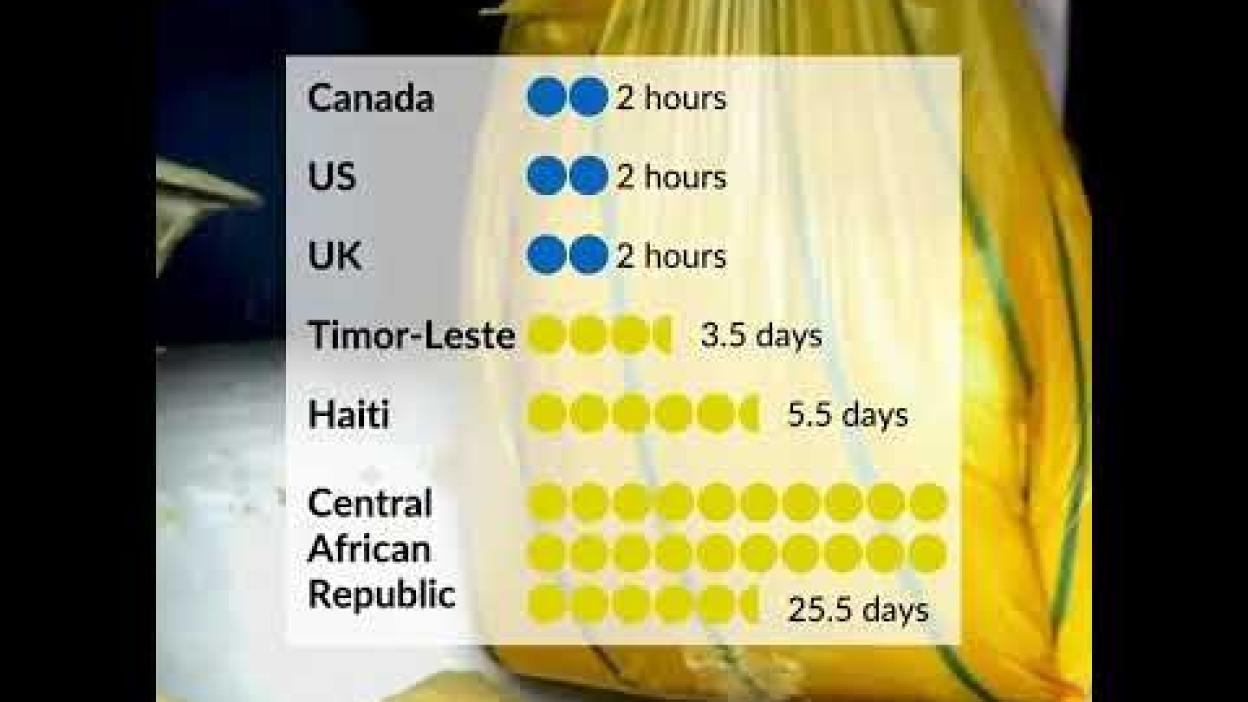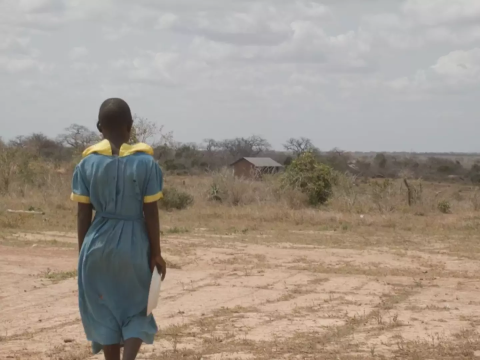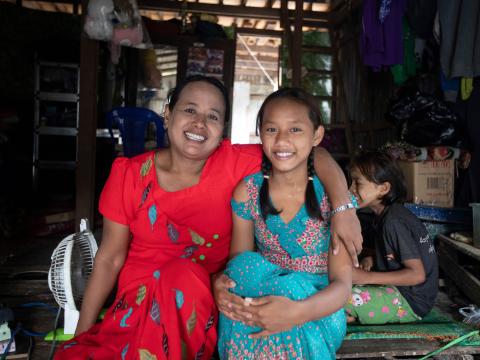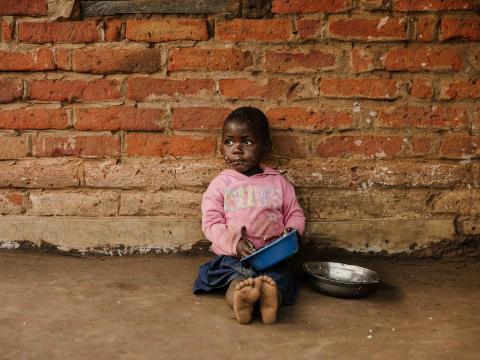
Price Shocks 2023
The global hunger and nutrition crisis is driven by the 4 ‘Cs’ – conflict, climate change, uneven impacts of and recovery from the COVID-19 pandemic, as well as an increased cost of living.
Beginning in September 2021, World Vision began analyzing global food prices to highlight how the pandemic was fuelling rising food prices and creating a child malnutrition pandemic with a much higher death rate than COVID-19. The report was informed by a survey of prices of 10 common food items (raw chicken, cooking oil, corn cobs, eggs, milk, raw sugar, rice, sweet bananas, tomatoes, and wheat flour) in 28 countries worldwide. It found that even though everyone was affected, with millions being pushed into poverty, the health and well-being of children were the most at risk. This was followed by an in-depth analysis of the effects of the outbreak of conflict in Ukraine, in October 2022, which examined how spiraling food, fuel, and fertilizer prices compounded these factors globally, leaving people even further behind and exacerbating existing humanitarian crises.
Now in its third year, the report shows that while there has been a slight reduction in global food prices in the past year, we are still far above 2020 levels and the lingering effects of the pandemic continue to be disproportionately felt by struggling families in the poorest countries. This year’s analysis continues to underscore the uneven recovery from the socioeconomic shocks from COVID-19, inflation, and extreme weather and indicates a disparity of food prices, both in the current cost of the basket of 10 common food items and in the year-on-year comparisons. In particular, changes in food prices in the most developed countries show mixed results (such as in Singapore, Australia, and the Netherlands), while the most extreme price shocks are in countries experiencing intensifying conflict, violence, and climate shocks, like Burundi, Sudan, and Honduras, who are already experiencing extreme hunger.
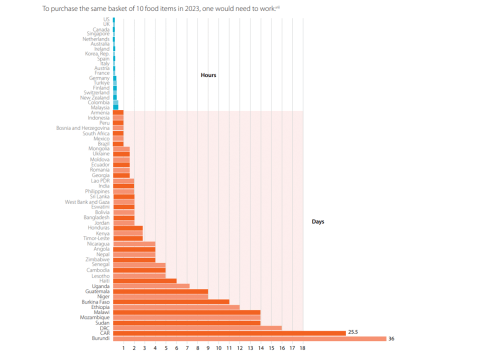
Report Findings
- The highest food prices were found in Sudan, Ethiopia, and Burundi - countries facing weather extremes, violent conflict, and economic strains.
- Nine out of the top 10 countries experiencing the highest food prices compared to average wages are concentrated in sub-Saharan Africa where there is a calamitous intersection between protracted violent conflicts, climate extremes, and displacement.
